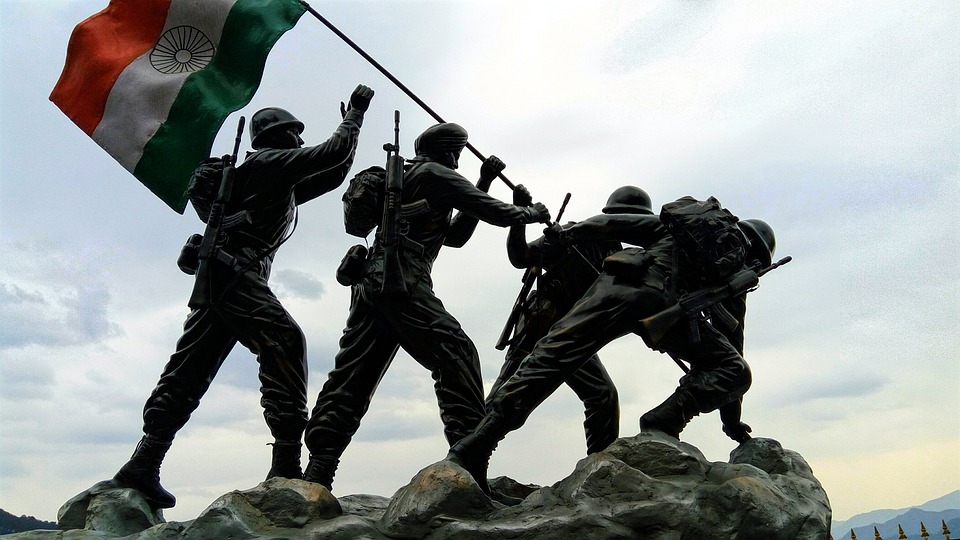
Republic Day is celebrated in India on January 26th to mark the day when the Constitution of India came into effect. On this day in 1950, India became a republic country, with a democratic government and a written constitution. Indians celebrate Republic Day to commemorate the adoption of the Indian Constitution, which outlines the fundamental rights and duties of citizens, the powers and responsibilities of the government, and the structure of the government. This day is celebrated by organizing parades, flag-hoisting ceremonies, patriotic songs, and cultural programs across the country. Children dressed in traditional Indian attire participate in cultural programs, dance, and sing patriotic songs, showcasing India’s rich cultural heritage.



